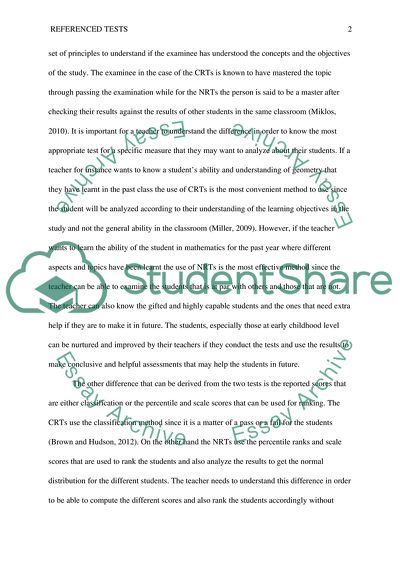Cite this document
(“Criterion Referenced Tests and the Norm Referenced Tests Research Paper”, n.d.)
Criterion Referenced Tests and the Norm Referenced Tests Research Paper. Retrieved from https://studentshare.org/education/1677494-criterion-referenced-tests-and-the-norm-referenced-tests
Criterion Referenced Tests and the Norm Referenced Tests Research Paper. Retrieved from https://studentshare.org/education/1677494-criterion-referenced-tests-and-the-norm-referenced-tests
(Criterion Referenced Tests and the Norm Referenced Tests Research Paper)
Criterion Referenced Tests and the Norm Referenced Tests Research Paper. https://studentshare.org/education/1677494-criterion-referenced-tests-and-the-norm-referenced-tests.
Criterion Referenced Tests and the Norm Referenced Tests Research Paper. https://studentshare.org/education/1677494-criterion-referenced-tests-and-the-norm-referenced-tests.
“Criterion Referenced Tests and the Norm Referenced Tests Research Paper”, n.d. https://studentshare.org/education/1677494-criterion-referenced-tests-and-the-norm-referenced-tests.


